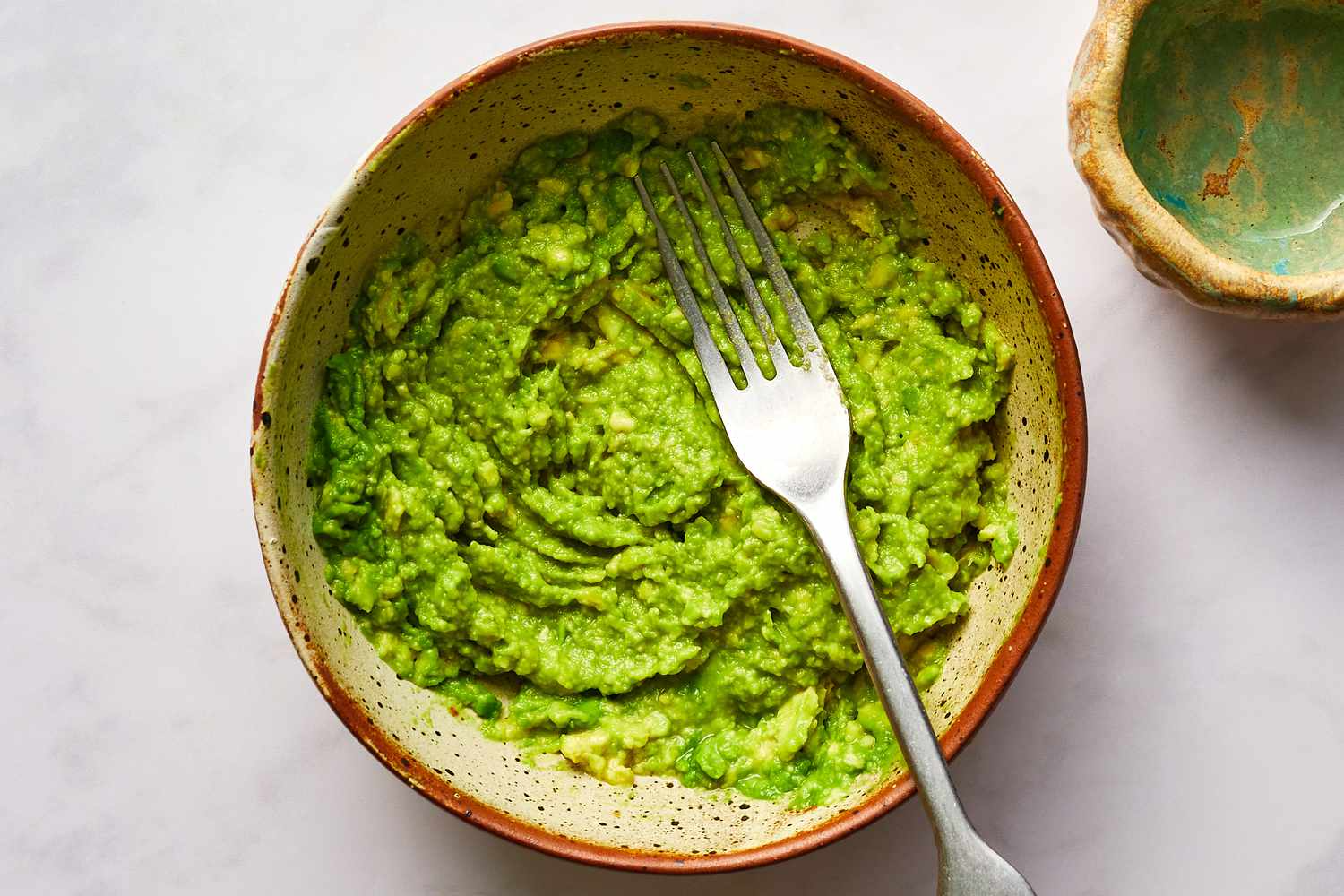Eating & Drinking With Your New Dental Implants
Having new dental implants is exciting! New Teeth. New Smile. New You. It opens the door to a world of delicious possibilities again.
But before you go diving into that juicy steak or sipping on your favorite hot beverage, let’s walk through some tips on how to manage your diet, slowly and deliberately, as you move through the implant process.
NOTE: These are general guidelines. Consult with your Prosthodontist for your specific situation.
Stage #1: Soft Tissue Healing (1-2 Weeks)
When: after a titanium implant screw is placed into the jawbone.
Diet Guidance
Your implants need time to settle in, so let your food be soft and soothing, but not a crunchy challenge.
Be Soft & Gentle: Stick to smoothies, yogurt, soups, mashed potatoes, and applesauce for the first week or two.
Skip Hot and Cold: Extreme temperatures can be a bit surprising for your new smile, so let your food and drinks cool down before diving in.
Stay Hydrated: Water is your best friend when it comes to healing. Drink often.
Smoothie
Stage #2: Osseointegration (3-6 months)
When: the dental implant fuses with the surrounding bone, creating a firm anchor for the artificial tooth. You likely have a temporary cap or healing abutment.
Diet Guidance
Expand your Menu: Start introducing softer, easily chewable foods like cooked fish, pasta, steamed veggies, and soft fruits.
Avoid Hardy & Chewy: Stay away from nuts, seeds, raw veggies, and tough meats.
Easy on Citrus: Acidic foods can be a bit hard on your healing. So take it easy on citrus and tomatoes.
Say No to Hardy & Chewy Nuts
Stage #3: Abutment Placement and Healing (2-4 weeks)
When: After successful healing, a small connector piece called an abutment is attached to the dental implant.
Diet Guidance
Maintain a primarily soft diet: Similar to Stage 2, prioritize mashed or chopped foods to protect the abutment.
Mashed food: bananas, avocado
Well-cooked Oatmeal: Opt for softer textures and avoid adding crunchy nuts.
Be cautious with harder bites: Be cautious with harder foods. Avoid anything that might dislodge the abutment.
Soft Breads
Soft scrambled Eggs
Finely chopped & ground lean meat, fully cooked
Mashed Avocado
Stage #4: Crown Placement (1-2 weeks)
When: Finally, the permanent crown or tooth restoration is fixed onto the abutment, completing the dental implant process and allowing you to fully use the tooth.
Diet Guidance
Reintroduce foods gradually: You can slowly expand your menu but remain mindful. Start with:
Softer breads: Opt for white bread or rolls, avoiding crusts.
Cooked poultry: Choose tender cuts like chicken breast or turkey.
Softer cheeses: Mozzarella or cheddar are good options.
Gradually progress to tougher foods: Introduce harder vegetables, nuts, and seeds one bite at a time, paying attention to any discomfort.
Mozarella (soft cheese)
General Tips
Stay Hydrated: Water is crucial for healing and maintaining oral hygiene.
Chew on the opposite side of the Implant: This reduces pressure on the healing site.
Cut Food into Small Pieces: Makes it easier to chew and reduces risk of biting down too hard.
Avoid Hot and Cold extremes: Extreme temperatures can be uncomfortable for the implant site.
Maintain good Oral Hygiene: Brush gently but thoroughly around the implant and remaining teeth.
Regular dental checkups: Schedule regular visits with your Prosthodontist to monitor your implants and ensure they're healthy and functioning properly.
“Good food is the foundation of genuine happiness.”
Final Thoughts
Your Prosthodontist, aka Implant Specialist, is your culinary guru for all things dental implant-related.
They will provide specific dietary guidelines and instructions based on your individual case and progress. Always follow their recommendations and don't hesitate to ask any questions you have.
With proper care and attention to your food choices, you'll be enjoying a wider variety of foods in no time!





